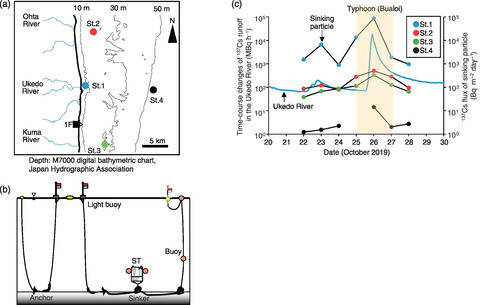
Fig.1-26 (a) Measurement area, (b) methodology, and (c) results summary
Dynamic radioactive cesium studies have been conducted since the accident at TEPCO's Fukushima Daiichi NPS (1F) that occurred 10 years ago. Radioactive cesium is likely transported from land to sea, mainly through rivers, although the release of radioactive cesium from 1F into the ocean is limited. Therefore, we have been conducting continuous surveys in the Ukedo River estuary to clarify the radioactive cesium transport mechanisms. Radioactive cesium is transported from rivers to the ocean only during floods (e.g., during typhoons) rather than via continuous outflows. Fine particles that are easily absorbed by radioactive cesium (i.e., the cesium absorbs the fine particles) washed away by the river during flooding and transported to the sea.
To evaluate the transfer mechanism of radioactive cesium to the ocean during floods, we installed sediment traps (STs) at four locations along the coastal area of the estuary targeting the Ukedo River, which has a large basin around the 1F, during the Bualoi Typhoon in 2019. The location of the STs and the methodology used for sediment capture of particles settling toward the seafloor (i.e., sinking particles) are summarized in Figs.1-26(a) and (b), respectively. The radioactive cesium (137Cs) concentration and mass flux (i.e., the mass flow rate of the sinking particles) of the collected particles were measured. The particle samples were collected from October 22nd to October 28th; the typhoon passed through this area on the 25th-26th.
We determined that the concentration of 137Cs in the sinking particles was highest during the typhoon additionally, the highest concentration of 137Cs was present at St.1; this concentration was approximately 100 times that present at St.4, which is 14 km away from the coast and had the lowest concentration of 137Cs.
The movement of 137Cs can be evaluated by the 137Cs flux, which is obtained by multiplying the 137Cs mass flux by the concentration of 137Cs. The 137Cs flux increased significantly as the typhoon approached. In particular, the 137Cs flux at St.1 was approximately two orders of magnitude higher during the typhoon than before or after it. These results correspond well with the observed time course of 137Cs runoff (i.e., flow rate × 137Cs concentration) of the Ukedo River, which was estimated from the water level (i.e., flow rate index) and turbidity (i.e., 137Cs index in river water) at the Ukedo River observation point approximately 3.5 km upstream from the estuary, as shown in Fig.1-26(c). This increase in the 137Cs flux of the sinking particles only occurred during the typhoon; by the end of the observation period, two days after the typhoon had passed, the 137Cs flux had returned to normal.
Overall, we determined that the concentration of 137Cs in runoff from the river to the ocean in the mouth of the Ukedo River during a typhoon was remarkable. However, this effect occurred only within 14 km of the coast and only lasted for two days.
This study was partly supported by the Secretariat of the Nuclear Regulation Authority (NRA), Japan.
(Toshiharu Misonou)